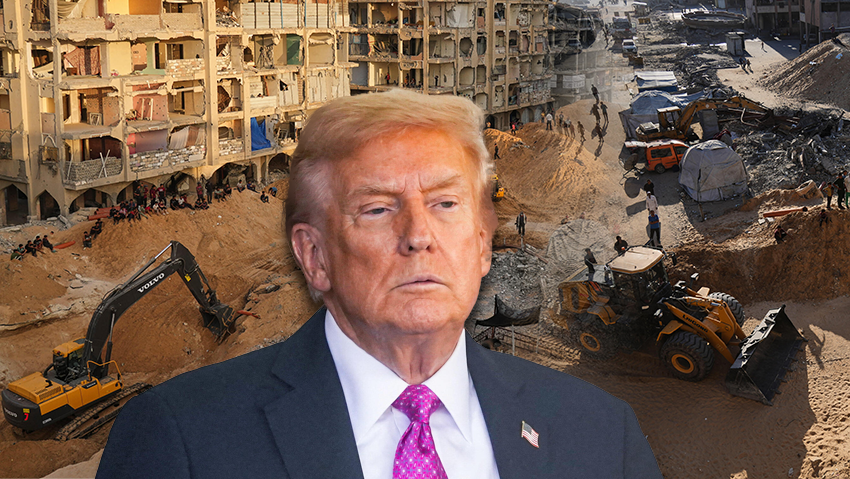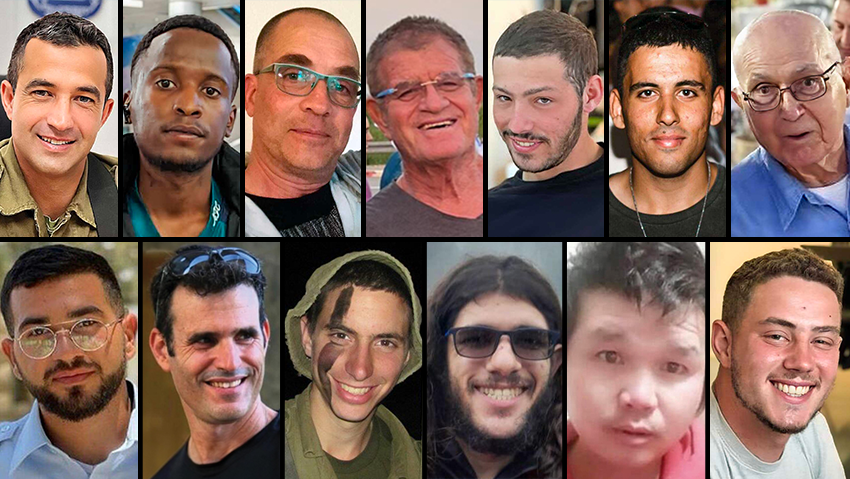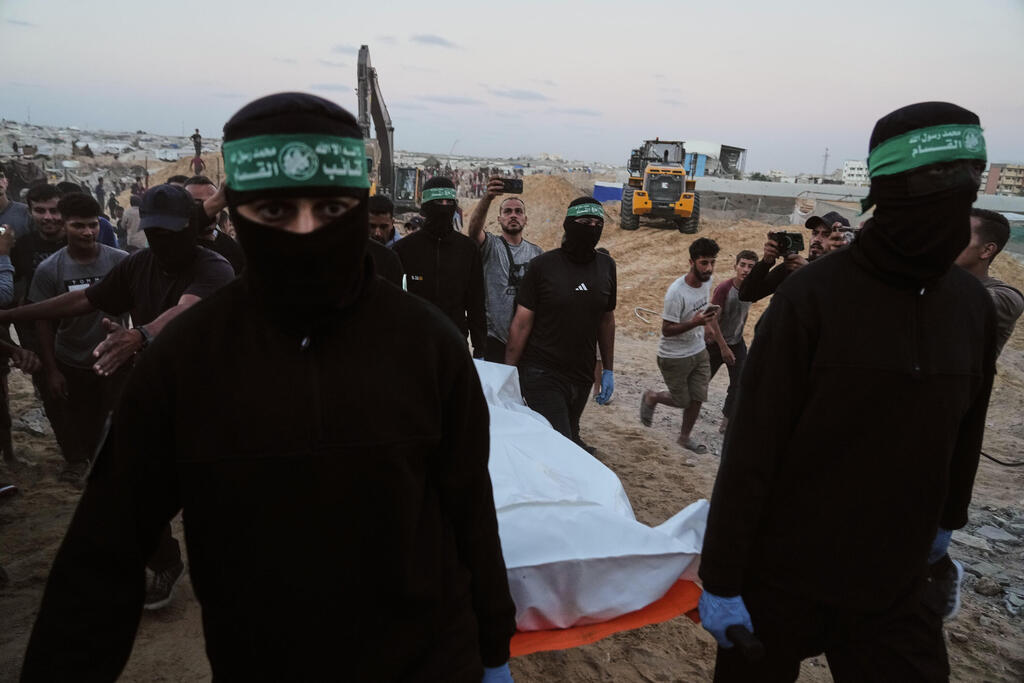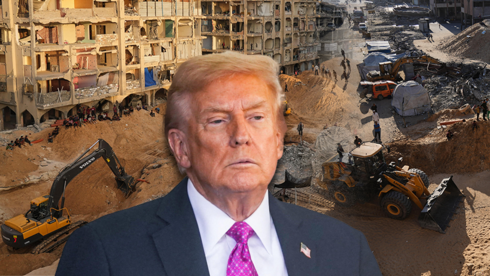Less than three weeks after Israel and Hamas signed a ceasefire agreement, Israeli officials say the terrorist group continues to violate its terms, having done so almost from the outset by failing to return the remains of Israeli hostages.
Under the deal, Hamas was obligated to return both living and deceased hostages within 72 hours. While the 20 living captives were released, only some of the bodies have been handed over.
5 View gallery


US President Donald Trump
(Photo: REUTERS/Nathan Howard, AP Photo/Jehad Alshrafi)
Israel, wary of being blamed for collapsing the deal and under pressure from the U.S., initially held back from responding, instead documenting the violations through photos, recordings and intelligence reports. These materials were shared with American officials, who acknowledged early on that Hamas was “bluffing” and not implementing the deal as agreed.
Tensions escalated further Tuesday when Hamas terrorists opened fire on Israeli troops in Rafah using RPGs and sniper rifles, prompting Israeli airstrikes across Gaza. Defense Minister Israel Katz vowed that Hamas would “pay a heavy price” for both the attack and its refusal to return additional bodies. Hamas later claimed it would not return the remains of another hostage it had reportedly located, citing Israeli violations. The group later distanced itself from the attack, saying it had “no connection” to the incident.
US proposal: Sanctions instead of escalation
According to Israeli sources, the staged return of Tzarfati’s remains was the breaking point for Jerusalem. Prime Minister Benjamin Netanyahu convened security discussions and decided on a series of punitive steps.
Hamas operatives stage handover of remains of hostage to Red Cross teams


While the immediate response was a new round of airstrikes, the central sanction under consideration is to strip Hamas of territory by extending IDF control east of the so-called “yellow line”—a buffer under Israeli security oversight.
Though Israeli officials had floated the idea of expanding control, it was reportedly first proposed by the U.S., which prefers this approach over a full-scale resumption of fighting, fearing such escalation would collapse the agreement entirely. Nonetheless, Israel is considering additional measures.
Following Tuesday’s attack, a senior security official warned of “much harsher steps” ahead, aimed at stripping Hamas of assets and capabilities. The official said Israel had shown restraint by allowing Hamas time to return the bodies, and it had refused.
Israel: Hamas can return 10 of 13 remaining bodies
Despite the rising tensions, Israeli officials say the ceasefire has not yet fully collapsed. The U.S. continues to push for a resolution, hoping Hamas can still be pressured into compliance. But that window is closing.
Currently, 13 bodies of Israeli hostages remain in Gaza. Israel believes Hamas knows the exact location of five, and likely knows where another five are buried—requiring excavation with engineering equipment. For the remaining three, Hamas has claimed ignorance of their whereabouts.
Israeli intelligence assessments suggest that Hamas could return 10 of the 13 bodies but is intentionally stalling, while simultaneously entrenching its hold on Gaza and delaying the moment it may be forced to disarm.
5 View gallery


13 hostages remain in Gaza
(Photo: IDF, courtesy of the families)
Among the 13 still held are Capt. Omer Neutra, Sgt. 1st Class Ran Gvili, Staff Sgt. Itay Chen, Cpl. Oz Daniel, Col. Asaf Hamami, Lt. Hadar Goldin, Sahar Baruch, Dror Or, Meni Godard, Amiram Cooper, Lior Rudaeff, Joshua Luito Mollel and Sontisek Rintalk.
Awaiting Trump’s decision
Much now hinges on how President Trump responds to Hamas’ missed deadline. After a similar incident last week in Rafah, in which two Israeli soldiers were killed, Israel refrained from a broader escalation. This time, Netanyahu is expected to push Trump for a green light to take more aggressive action, although the president is likely to consult mediators in Qatar and Egypt, who may urge further patience.
5 View gallery


Hamas operatives recover body of Israeli hostage in Khan Yonis, Gaza
(Photo: AP Photo/Jehad Alshrafi)
In a sign of the agreement’s fragility, U.S. Vice President J.D. Vance stated Tuesday that “the ceasefire is holding,” though he acknowledged the attack on Israeli troops. “Hamas or someone else in Gaza attacked an IDF unit. The United States expects Israel to respond,” he said.
Separately, an Israeli official said Netanyahu had instructed the military to carry out a “very powerful and immediate strike” and warned that additional operations would follow. “Hamas has already committed a gross violation. They crossed a red line,” the official said.
Defense Minister Katz echoed the warning: “The attack on IDF soldiers in Gaza by Hamas today is a glaring red line. The IDF will respond with overwhelming force. The safety and security of our soldiers is the top priority in Gaza. Hamas will pay dearly—many times over—for its attack and its breach of the agreement.”

